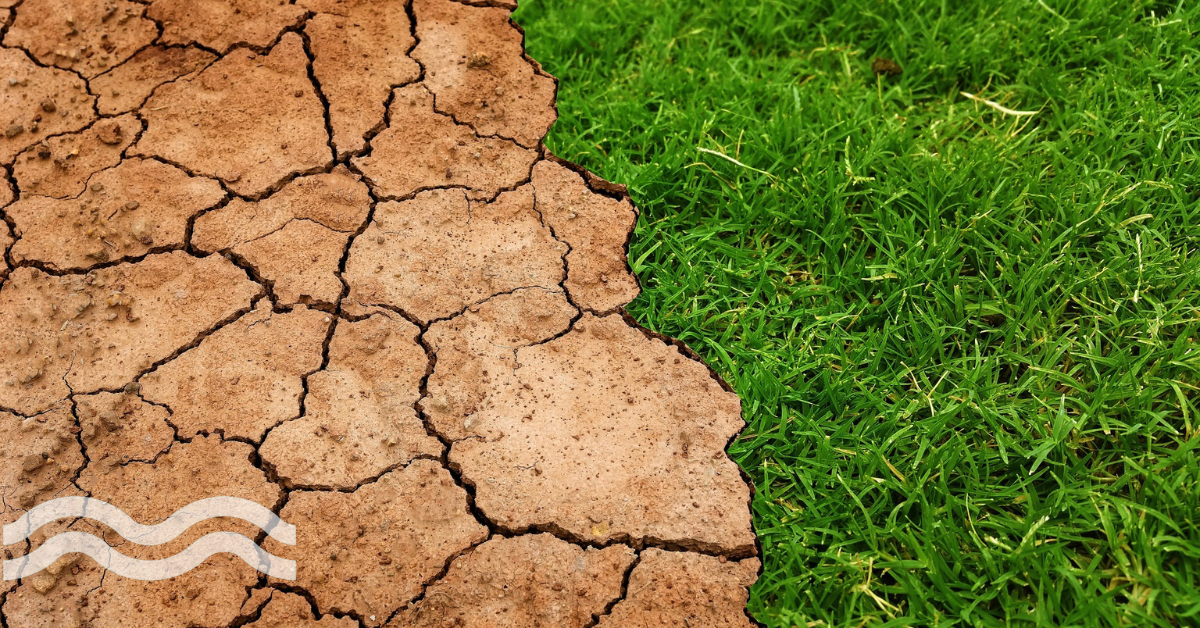Navigating water stress: Global challenges and resilient solutions
Thursday, 31 August 2023
Loading component...
Share your water technology stories with us
Do you have an innovation, research results or an other interesting topic you would like to share with the international water technology industry? The Aquatech website and social media channels are a great platform to showcase your stories!
Please contact our Sr Brand Marketing Manager Annelie Koomen.
Are you an Aquatech exhibitor?
Make sure you add your latest press releases to your Company Profile in the Exhibitor Portal for free exposure.
Stay up-to-date on the latest water industry news and views.
We promise never to send you spam and you can unsubscribe at any time!
We promise never to send you spam and you can unsubscribe at any time!
